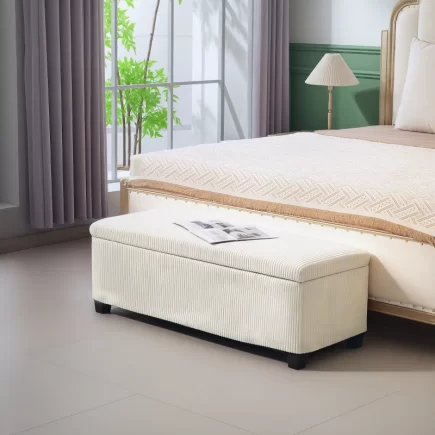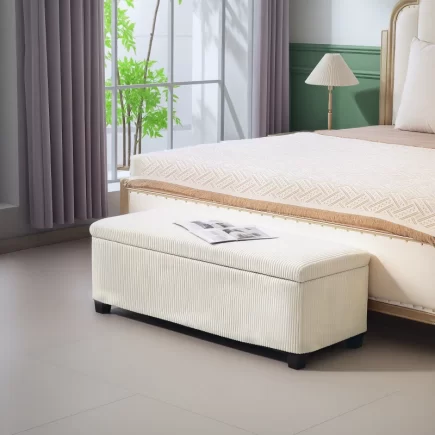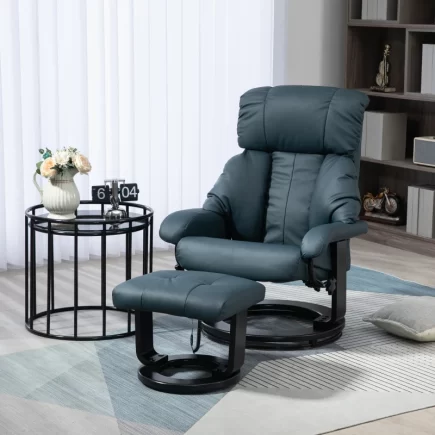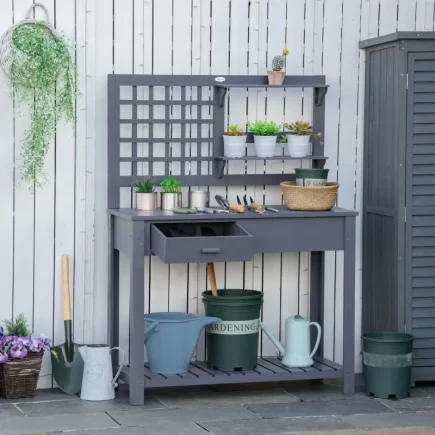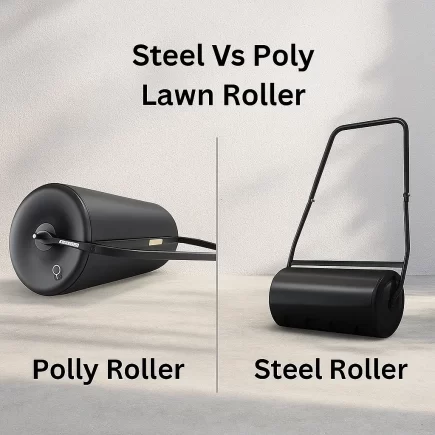Your ice chest cooler is an essential part of your outdoor adventures, from camping trips and beach days to tailgates and barbecues. But like any tool, it requires regular cleaning and care to ensure it lasts and performs at its best. Proper cooler maintenance not only prevents unpleasant odors and mold but also keeps your food and drinks safe for consumption.

In this expert guide, we will walk you through a simple, yet comprehensive cleaning process, share the best tips for handling stains and odors, and offer expert advice on storing your cooler properly. Let’s dive into the essential steps to keep your cooler fresh and ready for your next adventure.
Essential Tools for Cleaning Your Cooler
Before you begin cleaning your cooler, it’s important to gather the necessary tools. The right supplies will make the process easier and ensure that your cooler is cleaned properly without causing any damage.
Here’s a list of the essential tools you will need for cleaning your ice chest cooler:
| Tool | Purpose |
| Microfiber Cloth or Sponge | To clean the interior and exterior surfaces without scratching the cooler. |
| Soft Brush (e.g., dish brush) | For scrubbing tough stains and cleaning hard-to-reach areas, like corners and crevices. |
| Baking Soda | Natural deodorizer and mild abrasive for tackling odors and stains. |
| White Vinegar | For disinfecting and neutralizing odors in the cooler. |
| Bleach | Strong disinfectant for sanitizing, especially for removing mold and mildew. |
| Spray Bottle | Useful for applying vinegar, water solutions, or bleach solutions directly to affected areas. |
| Dish Soap | Mild cleaner to wash away grime, dirt, and food residue without damaging the surface. |
With these tools in hand, you’ll be ready to clean your cooler efficiently and effectively.
Step 1: Empty and Rinse Your Cooler
The first step in cleaning your cooler is to empty it completely. Remove all the contents, including any leftover food, beverages, or ice. This prevents any food remnants or liquids from causing bad smells or bacteria buildup during the cleaning process.

Once it’s empty, the next step is to rinse the cooler thoroughly with clean water. If you have a garden hose, this will be the most efficient method. Rinsing will help remove loose dirt, ice remnants, and other debris that may be clinging to the surfaces. Be sure to rinse both the inside and outside of the cooler to ensure that no dirt remains on the exterior.
Step 2: Apply a Cleaning Solution
Once the cooler is rinsed, it’s time to clean it. For a basic, everyday cleaning, you can use mild dish soap and warm water. Here’s how:
- Prepare the Cleaning Solution: Mix a few drops of dish soap with warm water in a bucket. This solution will be gentle enough to clean the surfaces without causing damage.
- Wipe Down the Cooler: Use a microfiber cloth or sponge to apply the soapy solution to both the interior and exterior of the cooler. Scrub all surfaces, paying particular attention to corners and edges where dirt may accumulate.
- Use a Soft Brush for Stubborn Areas: If you have hard-to-reach spots, use a soft brush to scrub those areas clean. Areas around the lid and drainage plug are common spots that accumulate grime.
After scrubbing, rinse the cooler thoroughly to remove all soap residue. This will ensure that no cleaning agents remain inside, which could affect the taste of food or beverages later.
How to Handle Stubborn Stains and Dirt
Sometimes, your cooler may have stubborn stains or tough dirt that regular cleaning won’t handle. In these cases, you can use natural cleaners like baking soda and vinegar to effectively remove the stains without causing any damage to the cooler.

Baking Soda Paste for Stubborn Stains
Baking soda is a mild abrasive, which makes it ideal for tackling tough stains. To create a baking soda paste:
- Mix 3 tablespoons of baking soda with a small amount of warm water to form a thick paste.
- Apply the paste directly onto stained areas.
- Let the paste sit for 10 to 15 minutes to allow the baking soda to work on the stain.
- After the paste has set, scrub with a sponge or brush to remove the stain.
- Rinse thoroughly with water to ensure all paste is removed.
Baking soda is great for breaking down food stains, ice stains, and even removing lingering odors.
Vinegar and Lemon Juice for Other Stains
Vinegar and lemon juice are both natural acids that work well on tough stains, especially those caused by organic matter like fish or fruit. To use vinegar:
- Mix 1 part vinegar with 2 parts water to create a cleaning solution.
- Spray the solution onto the stained areas and let it sit for 10 to 20 minutes.
- Scrub the stained areas gently with a sponge or brush.
- Rinse thoroughly with clean water.
Alternatively, lemon juice can also work effectively. Simply apply fresh lemon juice to the stain, let it sit for a few minutes, then scrub and rinse.
How to Sanitize Your Cooler Properly
Proper sanitation is important, especially if your cooler has been used to store raw meat or fish. Bacteria and germs can thrive in coolers, so it’s essential to sanitize the interior regularly.
Using Bleach to Disinfect
To disinfect your cooler effectively, you can use a bleach solution. Bleach kills bacteria and viruses and can help prevent mold and mildew growth.
- Mix 1 tablespoon of bleach with 1 gallon of water in a bucket.
- Apply the solution to the interior of the cooler using a sponge or cloth. Make sure to cover all surfaces, including the lid, corners, and drain plug area.
- Let the bleach solution sit for 5 to 10 minutes to kill bacteria.
- Rinse thoroughly with clean water to remove all bleach residue.
Alternative Sanitizing with Vinegar
If you prefer a natural alternative to bleach, vinegar works well for disinfection. Mix equal parts white vinegar and water, spray it on the cooler’s interior, and let it sit for 10 to 15 minutes. This will help neutralize odors and kill most germs.
Removing Odors from Your Cooler
Unpleasant odors can be a common issue, especially after using your cooler for storing food like fish, meat, or dairy. Thankfully, there are easy ways to tackle those smells.

Baking Soda for Deodorizing
Baking soda is an excellent natural deodorizer. To use it for odor removal:
- Sprinkle baking soda liberally inside the cooler.
- Let it sit for several hours or overnight. The longer it sits, the better it will absorb odors.
- After the baking soda has had time to absorb the odors, vacuum or wipe it out with a microfiber cloth.
Vinegar and Water for Smelly Coolers
If you prefer a liquid solution, mix 1 part vinegar with 2 parts water. Spray it inside the cooler and allow it to sit for a few hours. Vinegar’s natural acidity neutralizes bad odors and helps eliminate lingering smells.
Tackling Mold and Mildew
Mold and mildew can form in your cooler if it’s not properly cleaned or dried. These fungi thrive in damp environments and can make your cooler unpleasant to use. Here’s how to deal with it:

Step-by-Step Mold Removal
- Rinse the cooler to remove any loose mold or dirt.
- Apply a vinegar solution (1 part vinegar to 1 part water) to the moldy areas. Let it sit for at least 30 minutes to kill mold spores.
- Scrub the moldy areas with a soft brush or sponge to remove the mold.
- Use a bleach solution (1 tablespoon of bleach per gallon of water) if the mold persists.
- Rinse thoroughly to remove all cleaning solutions.
After cleaning, it’s essential to dry the cooler completely to prevent the mold from returning.
Drying Techniques to Prevent Mold Growth
Proper drying is crucial for preventing mold and mildew growth. After cleaning your cooler:

- Leave the lid open and let the cooler air dry. Make sure it’s in a well-ventilated area to allow moisture to escape.
- If you’re in a hurry, you can use a dry microfiber cloth to wipe down the interior and remove excess moisture.
- Leave it open for several hours or overnight to ensure it’s completely dry.
By ensuring your cooler is completely dry, you’ll prevent moisture buildup that could lead to mold growth.
How Often Should You Clean Your Cooler
The frequency with which you clean your cooler depends on how often it’s used:
- After Each Use: A quick wipe down with a damp cloth and a rinse will help keep your cooler fresh. If the cooler stored food, especially perishable items like meat or fish, perform a more thorough cleaning.
- Every 3 to 6 Months: Give your cooler a deep clean every few months to remove stains, odors, and bacteria. If it’s used heavily, clean it more frequently.
- Heavy Use (e.g., Fishing Trips): After storing raw food, deep clean immediately to prevent bacteria buildup.
FAQs
1. How can I prevent my cooler from developing rust?
To prevent rust, ensure your cooler is completely dry after each use, especially if it has metal components. Store it in a dry place and occasionally apply a rust-resistant spray to the metal parts.
2. How do I fix a cooler that has become discolored from frequent use?
To address discoloration, scrub the cooler with a baking soda paste, then rinse thoroughly. If the discoloration persists, use a plastic cleaner specifically designed for outdoor equipment.
3. How do I prevent mold growth if I don’t use my cooler often?
To prevent mold, make sure the cooler is thoroughly dried after each use. Store it in a dry, well-ventilated area with the lid slightly open and consider using moisture-absorbing products inside.

